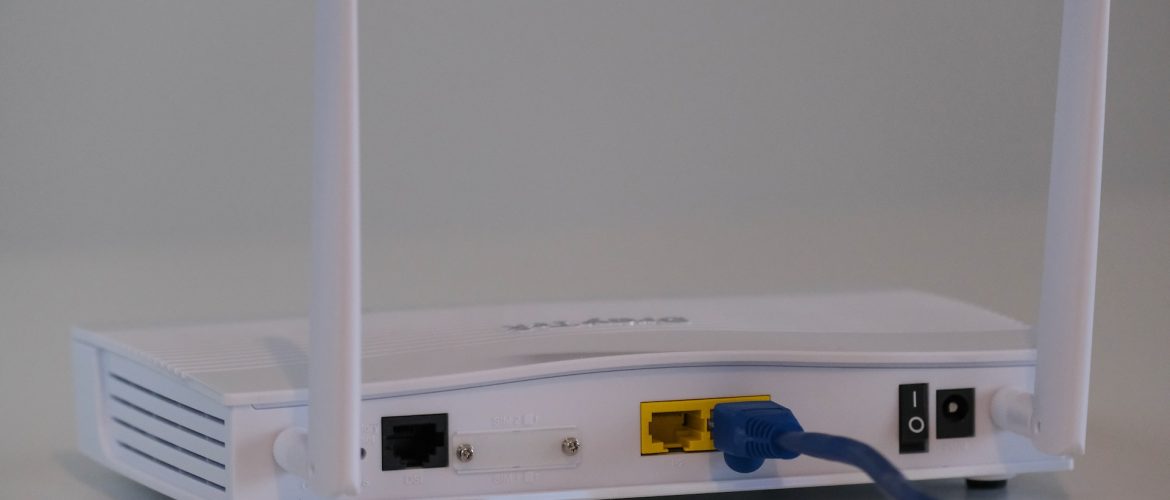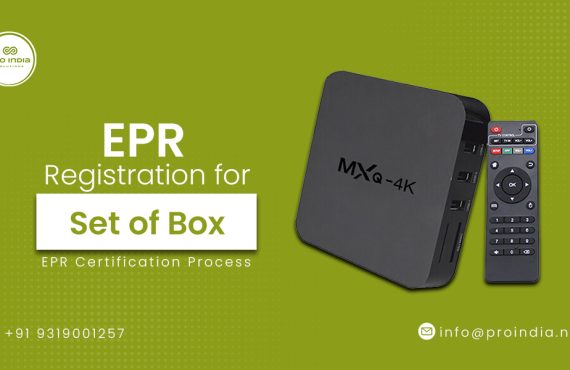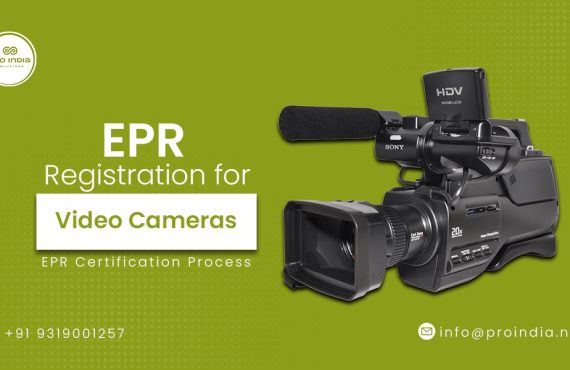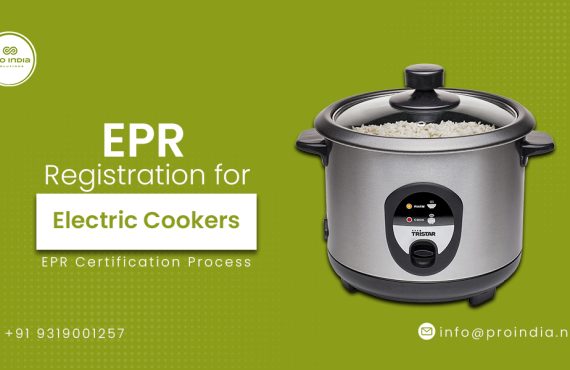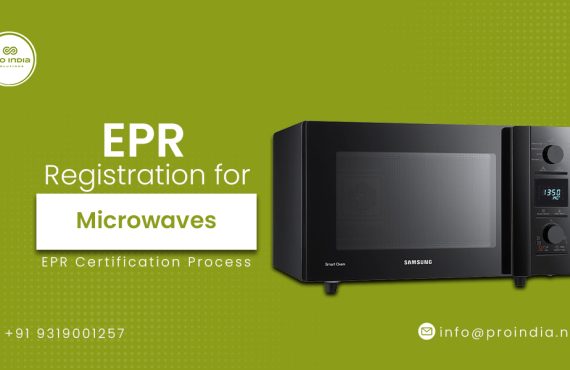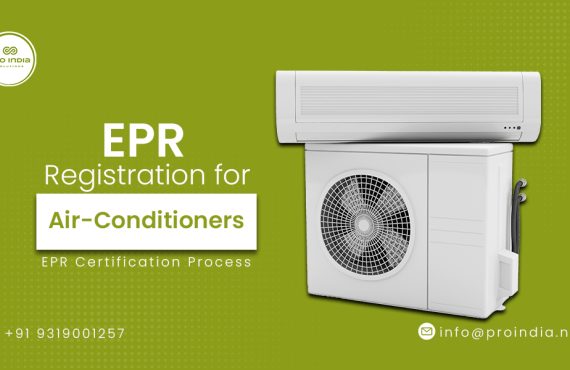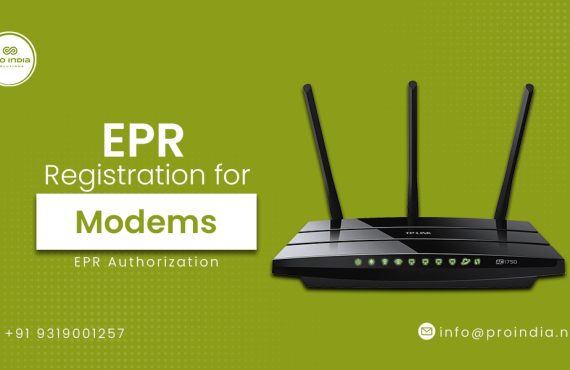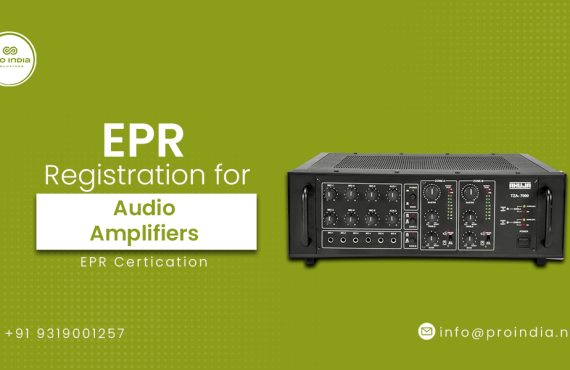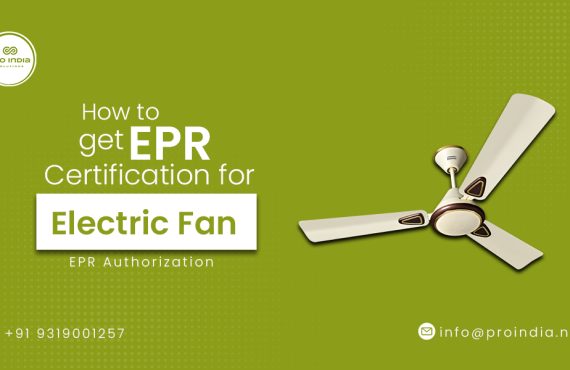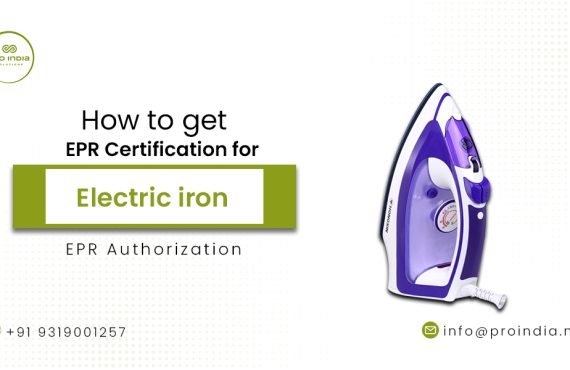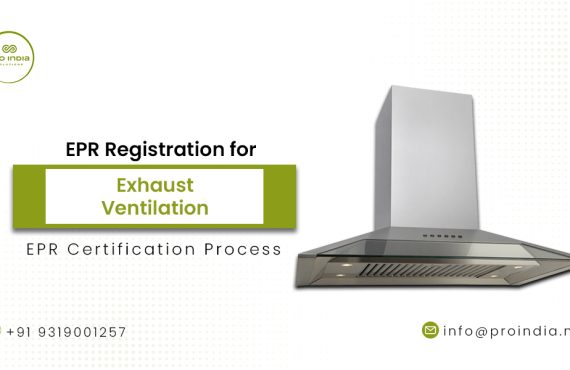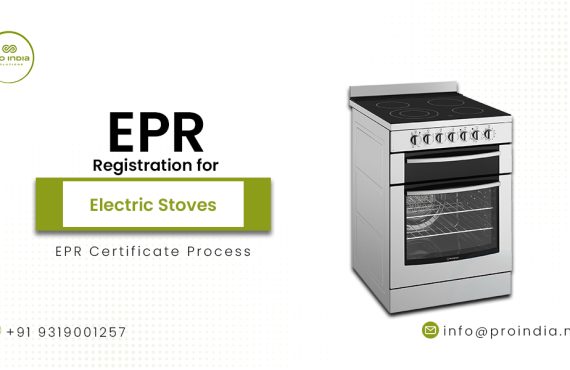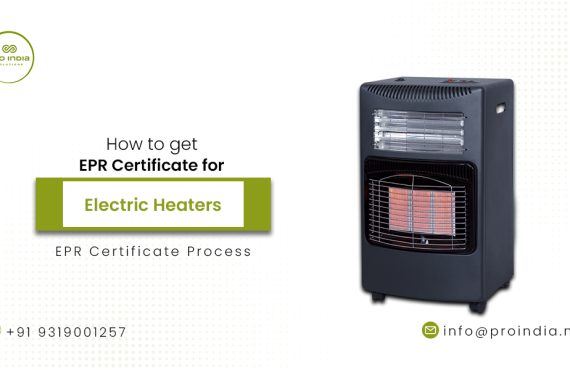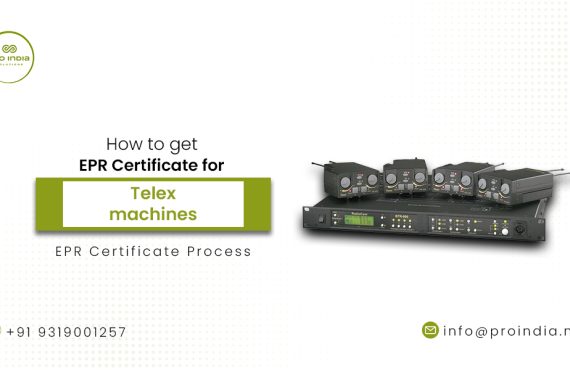Routers have become a necessary part of our daily lives as technology has advanced so quickly. We can connect to the internet, interact easily, and access a wealth of information thanks to these technologies. However, it has become crucial to make sure that electronic devices are created with environmental considerations in mind due to the growing concern for environmental sustainability. The idea of an EPR (Extended Producer Responsibility) certificate is applicable in this situation.
We will go into the specifics of getting an EPR certificate designed just for routers in this blog post. We’ll go through what an EPR certificate entails, why getting one is important, and how to do it step by step. You will have a thorough understanding of the processes involved by the end of this manual, enabling you to move through the certification process with ease.
Understanding EPR Certification :
Before delving into the certification process, it is essential to understand what an EPR certificate entails. An EPR certificate signifies that a router complies with the electromagnetic compatibility standards set by regulatory bodies. It ensures that the device does not emit excessive electromagnetic interference (EMI) that could disrupt other electronic devices or the overall electromagnetic environment. Furthermore, it ensures that the router is immune to external electromagnetic disturbances. Compliance with EPR standards ensures that routers can coexist and operate efficiently in various networking environments.
Researching Regulatory Requirements :
The first step in obtaining an EPR certificate is to research the regulatory requirements specific to your region or target market. Different countries or regions might have varying standards and certification processes. For example, the Federal Communications Commission (FCC) governs EPR certifications in the United States, while the European Union has its own set of regulations such as the CE marking requirements. Thoroughly researching the applicable regulations will save time and effort in the certification process.
Preparing Documentation and Testing :
Once you have identified the regulatory requirements, the next step is to gather the necessary documentation and conduct testing. Typically, certification bodies require detailed technical documentation that outlines the router’s specifications, schematics, and operating characteristics. This documentation helps the certification body evaluate the router’s compliance with EMC standards.
Testing is a crucial part of the certification process. It involves subjecting the router to various electromagnetic interference scenarios to ensure its compliance. The tests may include radiated and conducted emissions testing, electrostatic discharge (ESD) testing, and immunity testing. Working with a certified testing laboratory is recommended to ensure accurate and reliable results.
Submitting the Application
Once the documentation and testing are complete, the next step is to submit the application for the EPR certificate. The application process varies depending on the certification body and the region. Generally, it involves filling out an application form, providing the necessary documentation, test reports, and paying the required fees. Some certification bodies may require additional information or follow-up questions before granting the certificate.
Compliance Audits and Renewals
After obtaining the EPR certificate, the journey toward compliance does not end. Regulatory bodies may conduct periodic audits to ensure ongoing compliance. It is essential to maintain proper documentation and adhere to any additional requirements or standards. Additionally, EPR certificates have expiration dates, and renewal applications must be submitted within a specific timeframe to ensure continued compliance.
The procedure to get an EPR certificate Routers :
To obtain an EPR certificate for routers, you need to follow a specific process to ensure compliance with relevant regulations and standards. The EPR certificate is a document that validates the conformity of the router to the specified requirements and allows it to be legally marketed and sold in a particular country or region.
- Firstly, you need to identify the regulatory authority responsible for issuing EPR certificates in the target market. This could be a government agency or a designated certification body. Research and familiarize yourself with the specific technical and documentation requirements set by the regulatory authority.
- Next, ensure that the router you intend to certify meets all the necessary technical standards and specifications. This involves conducting thorough testing and evaluation to demonstrate compliance with applicable safety, electromagnetic compatibility (EMC), and radio frequency (RF) requirements.
- Prepare the required documentation, which typically includes technical specifications, test reports, user manuals, and other relevant product information. It’s crucial to accurately compile and organize this documentation to support your application for the EPR certificate.
- Submit your application to the regulatory authority along with the supporting documentation. Pay attention to any fees or charges associated with the certification process and ensure they are included in your submission. The regulatory authority will review your application and supporting materials to assess whether your router meets the required standards.
- If your application is successful, you will be issued an EPR certificate for your router, indicating compliance with the specified regulations and standards. This certificate serves as proof of conformity and can be used to demonstrate the router’s compliance to potential buyers or regulatory bodies.
- Remember that the certification process may vary depending on the country or region in which you intend to market your routers. It’s essential to stay updated on the latest regulations and requirements to ensure a smooth and successful certification process.
Overall, obtaining an EPR certificate for routers involves thorough preparation, adherence to technical standards, and cooperation with the relevant regulatory authorities to ensure compliance and marketability of your product
Conclusion :
Obtaining an EPR certificate for routers is a critical step to ensure their electromagnetic compatibility and proper functioning within networking environments. By understanding the regulatory requirements, preparing the necessary documentation, conducting thorough testing, and following the application process, you can successfully obtain the EPR certificate. Compliance audits and timely renewals are essential to maintain the certificate’s validity. By adhering to these steps and staying up-to-date with regulatory changes, you can navigate the certification process with confidence and ensure your routers meet the necessary standards.
Contact our experts now to meet your compliance requirements


